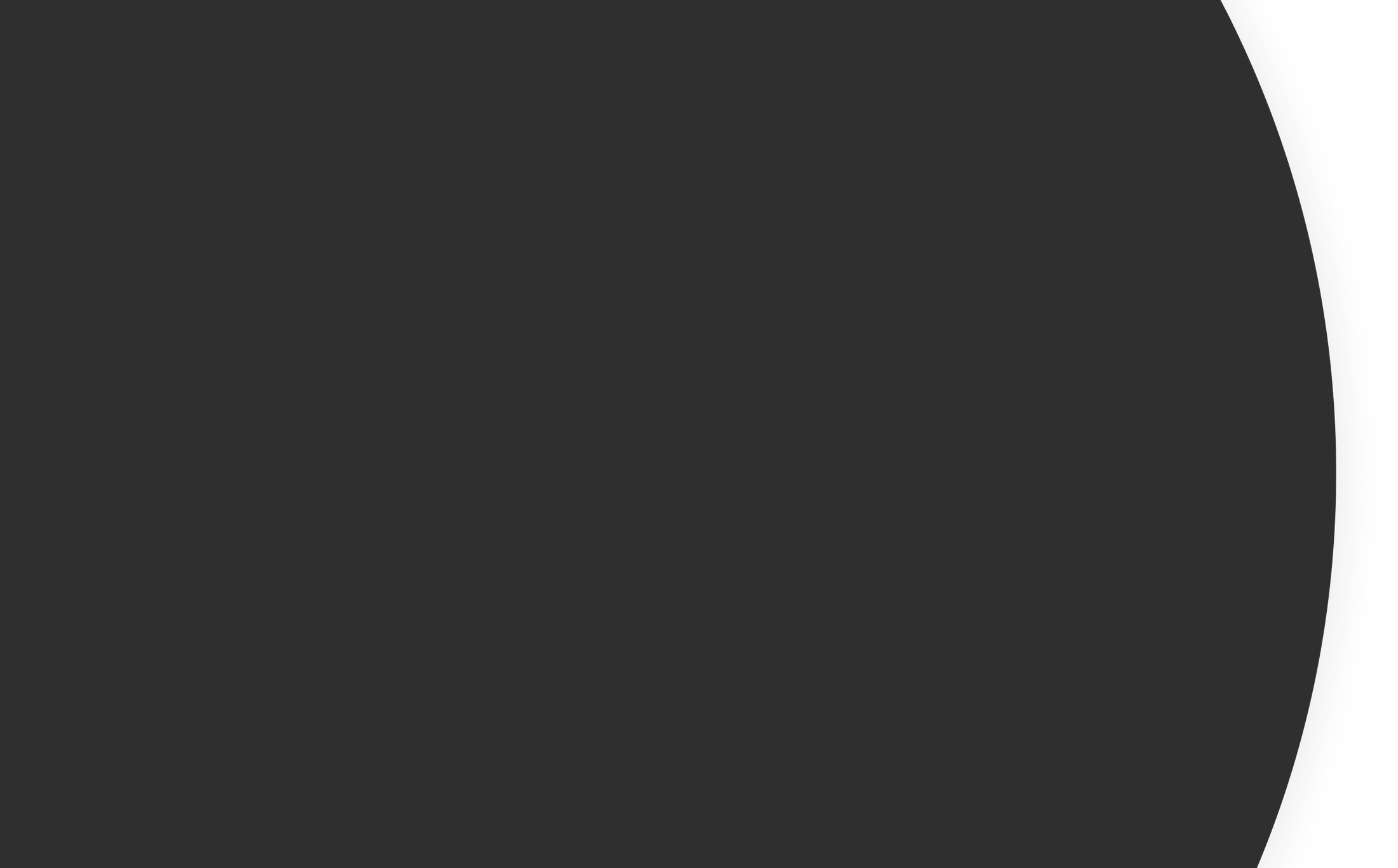LASIK, or Laser-Assisted In Situ Keratomileusis, is a widely accepted method for correcting various vision problems such as nearsightedness, farsightedness, and astigmatism. In our CEI offices in New York and New Jersey, in addition to traditional bladeless LASIK, we also offer a new form of bladeless LASIK known as topography-guided LASIK. This approach provides a more personalized and effective solution for vision correction and has become increasingly popular among patients seeking the sharpest possible vision.
Topography-guided LASIK is a type of laser vision correction that leverages the power of advanced mapping technology to create a precise and comprehensive three-dimensional map of the cornea. The cornea is the clear lens in front of the eye, upon which LASIK is performed. This map, known as topography, provides a detailed representation of the cornea’s surface and shape, allowing the LASIK surgeon to tailor the laser correction to the individual needs of each patient.















